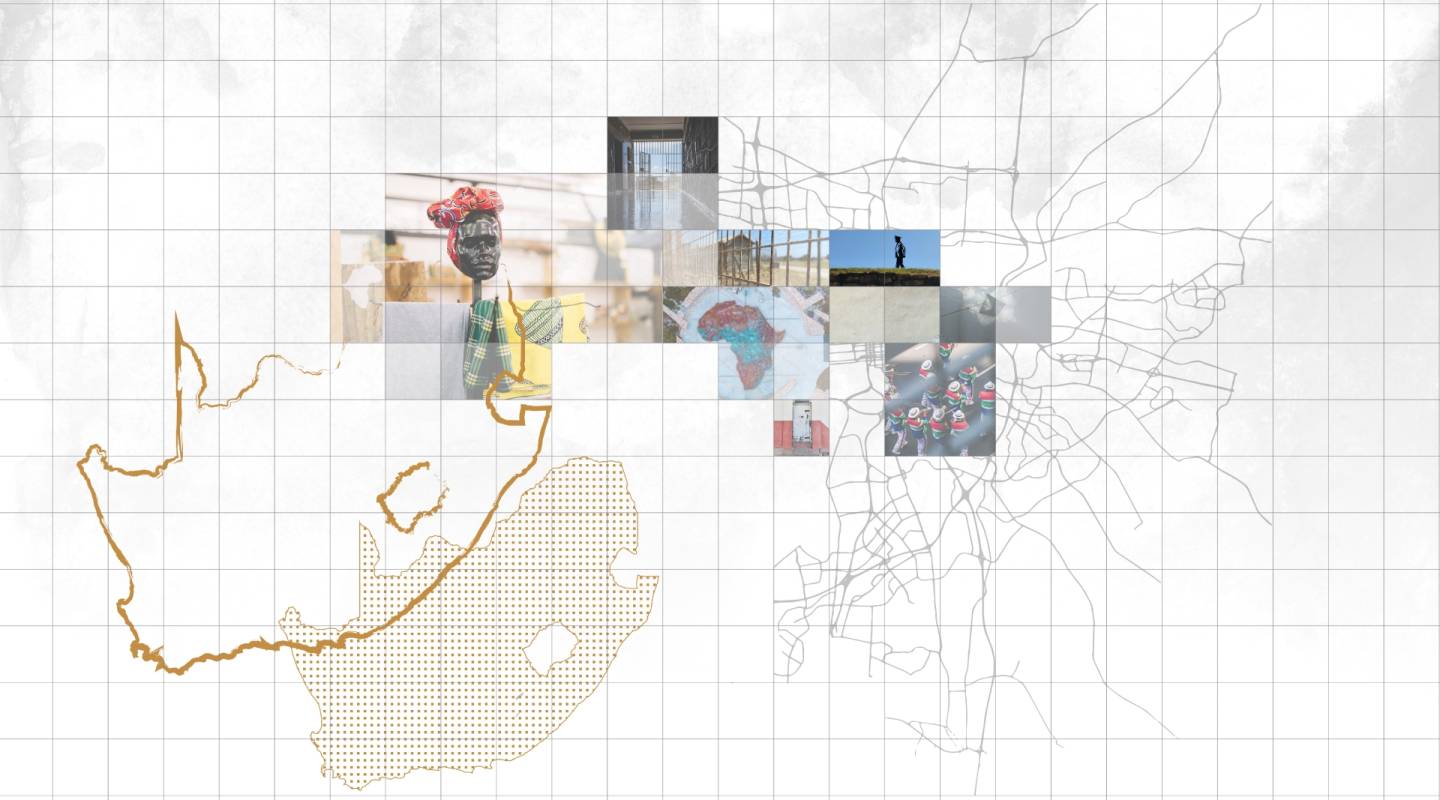
South Africa
Capital city — Pretoria
Introduction
Country population
59,893,885
i
2022
Type of government
Parliamentary Republic
i
Central Intelligence Agency, The World Factbook - South Africa
Human Development Index
Homicide rate (per 100,000 inhabitants)
42
i
2021